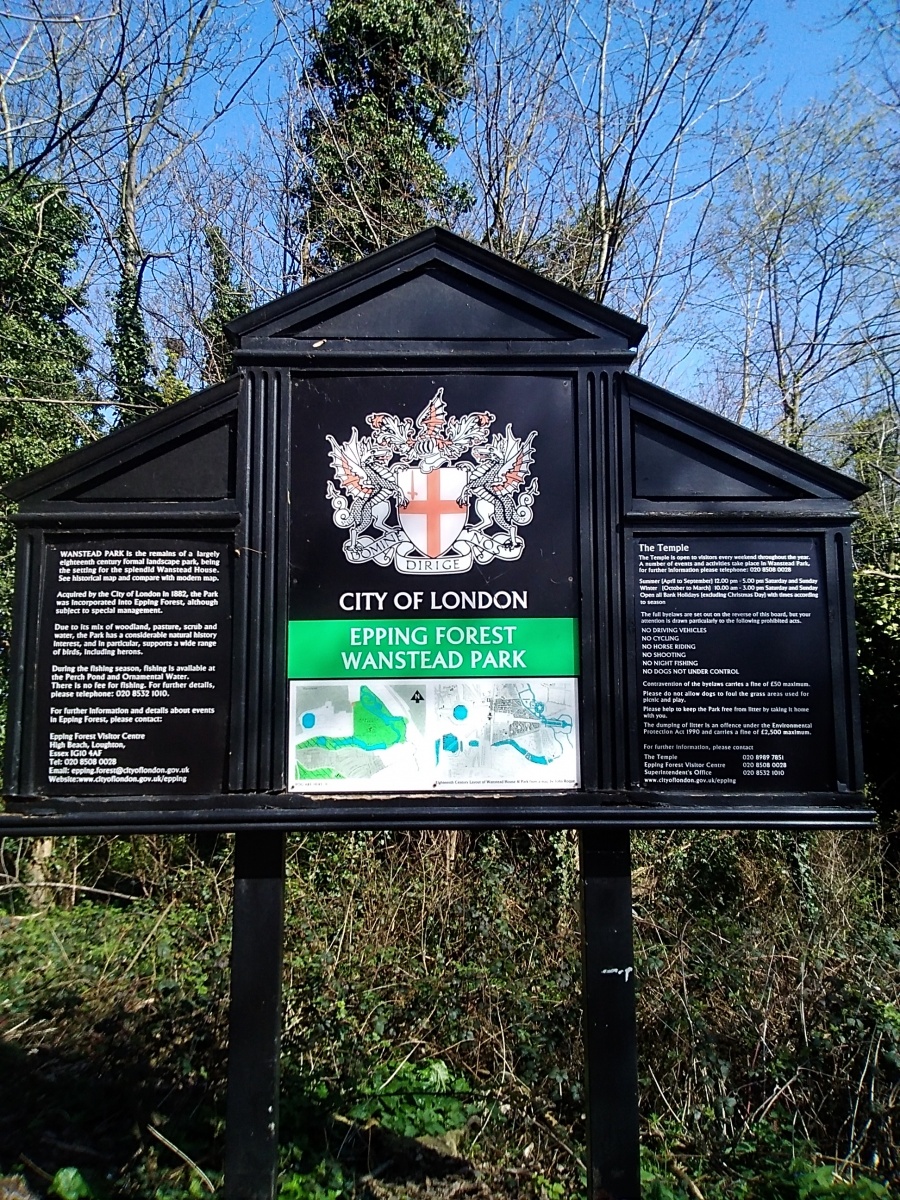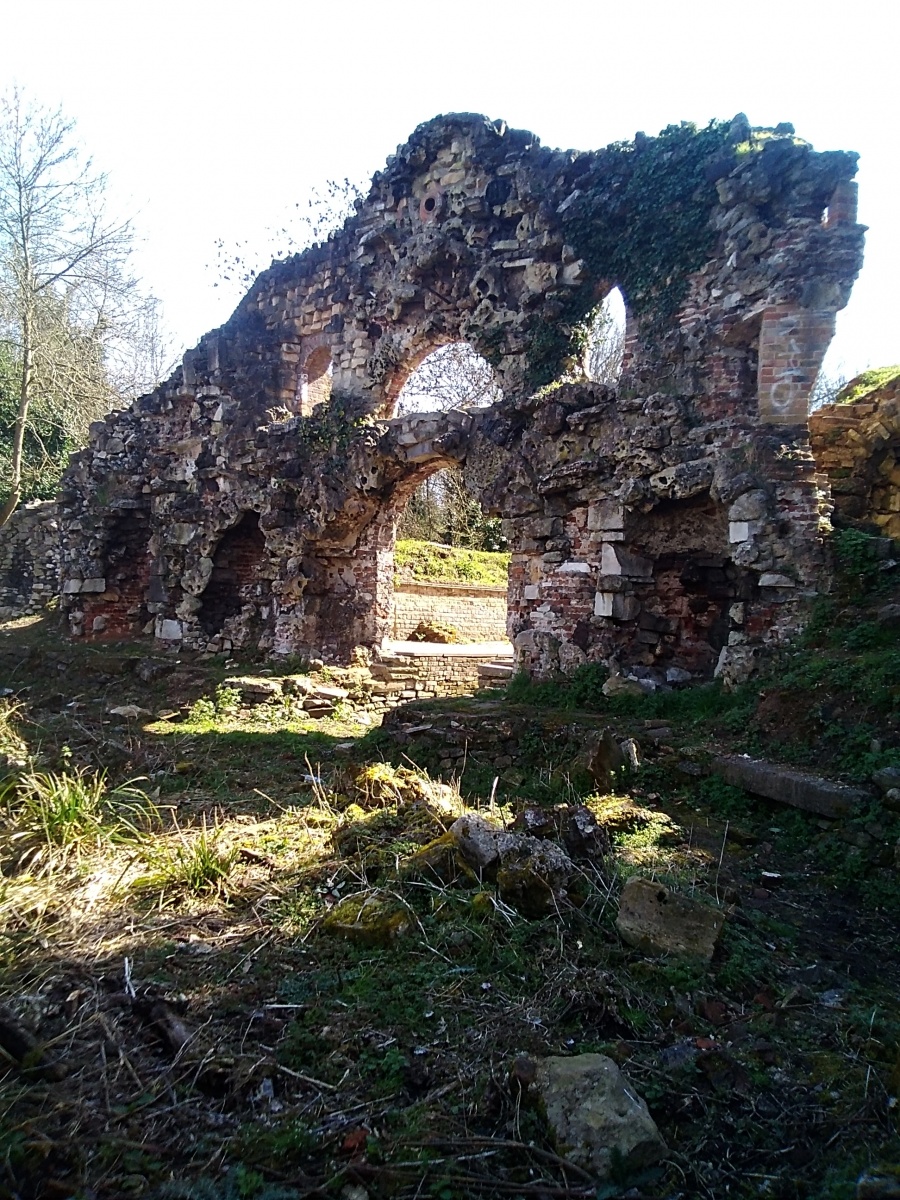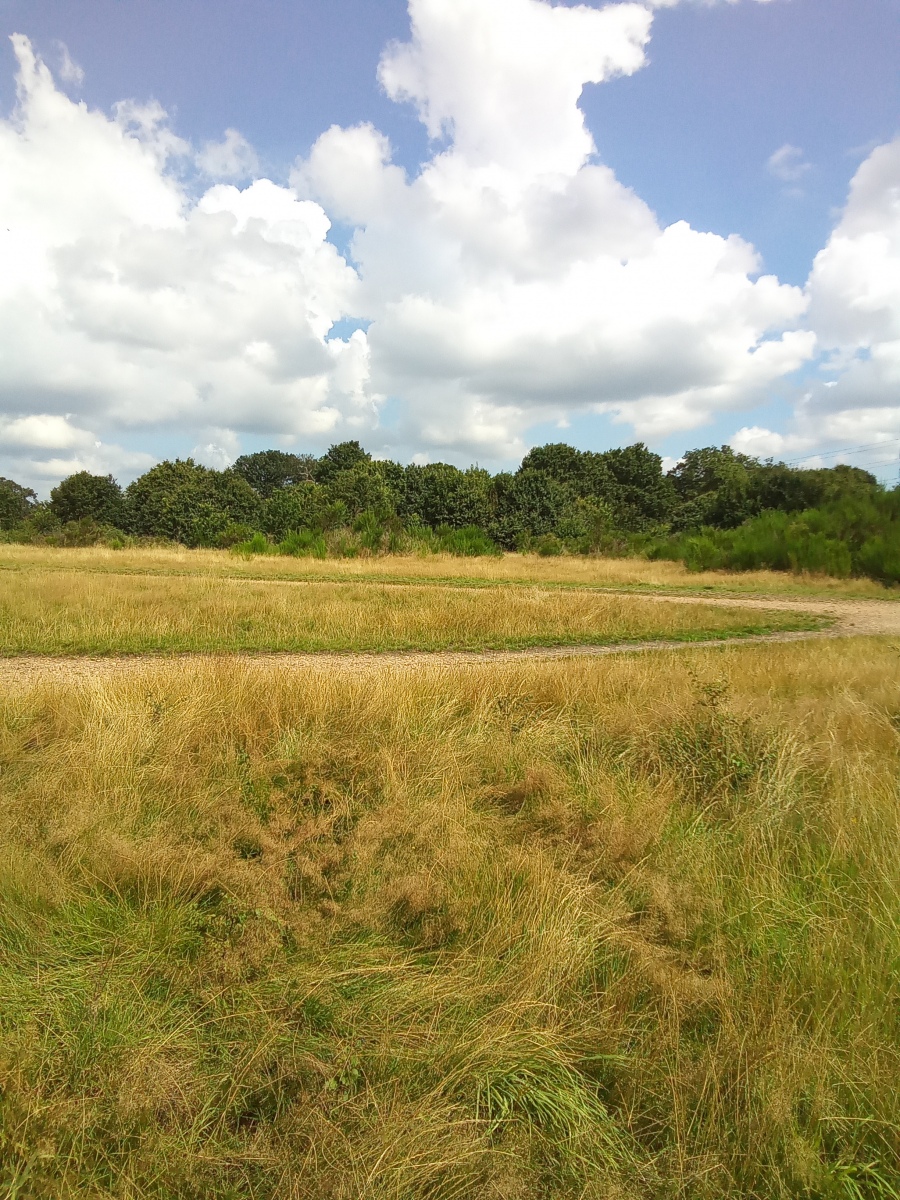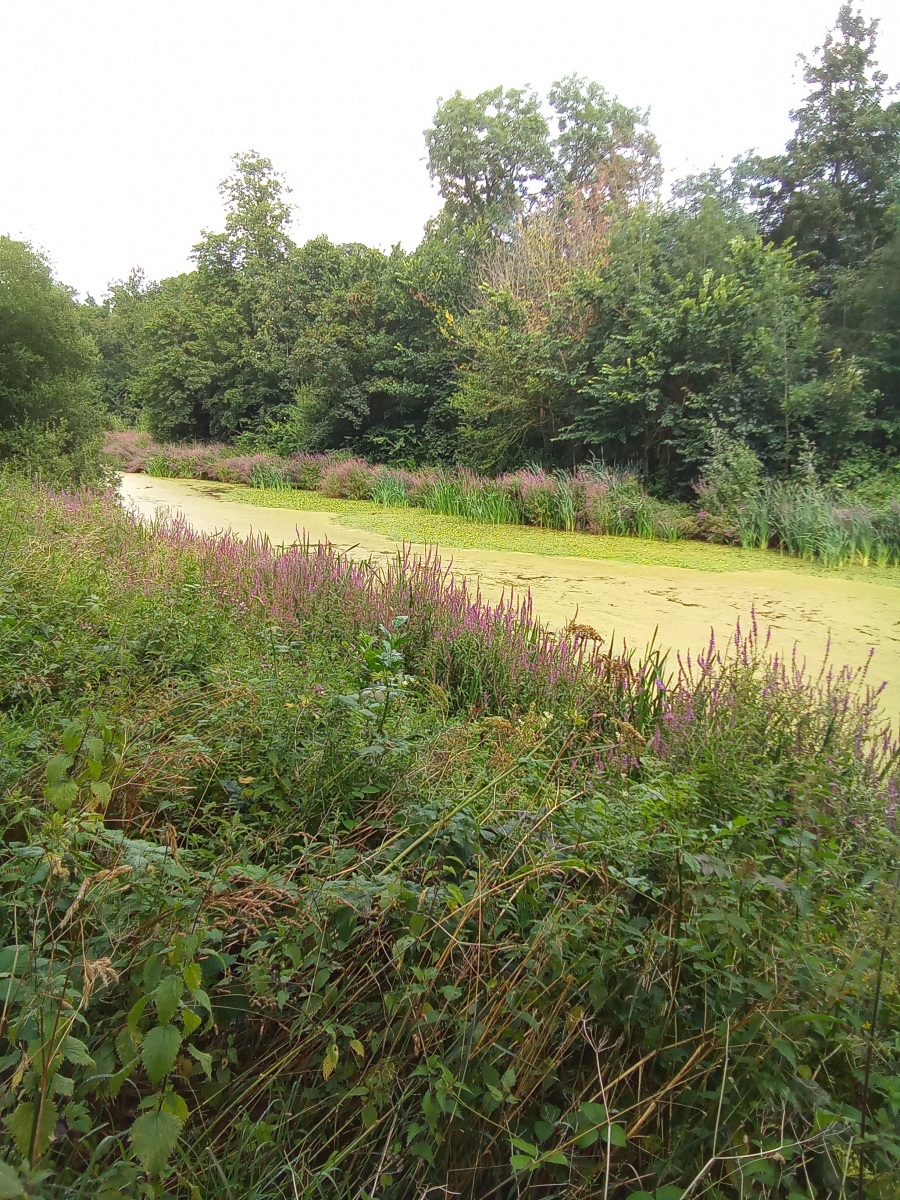Wanstead Park
Previously a part of the ancient Forest of Essex, Wanstead Park was once a deer park. The land was acquired by Henry VII in 1499 and In the grounds was Wanstead Hall, a fine 15th century hunting lodge where a young Henry VIII lived. This was later developed into Wanstead House, which was completed in 1722 at a cost of around £78m in today’s money. The house boasted a splendor quite unlike anything seen in England before and was described as ‘Fit to entertain a Prince’. Wanstead House was decorated with fine art and tapestries. There were over 70 rooms, a grand saloon, ballroom, oak dining room and state rooms.
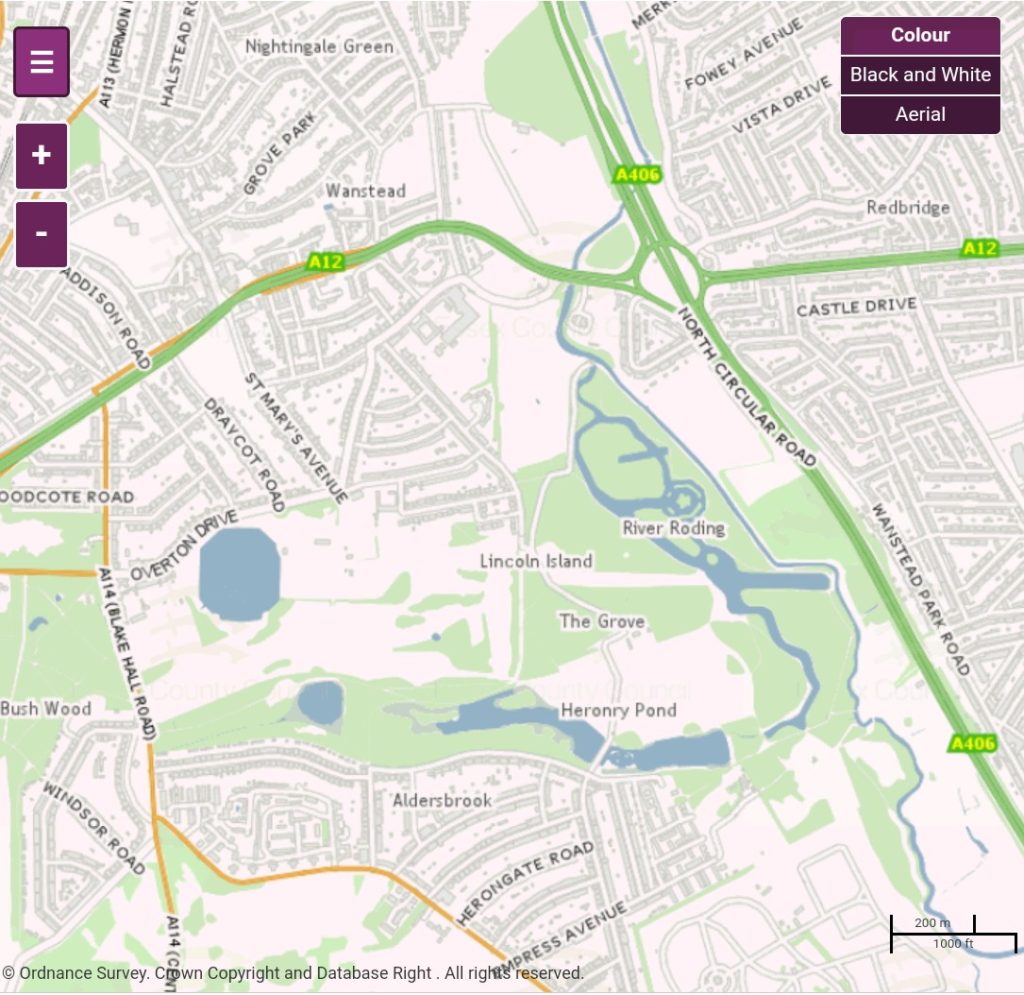
Ordnance survey map credit to Essex County Council
https://www.essexhighways.org/getting-around/public-rights-of-way/prow-interactive-map
The parish was dominated by Wanstead House which was developed over time to a palatial scale, once one of the countries grandest Palladian mansions with gardens stretching for over a mile. From the 16th century Wanstead House was greatly enlarged under a succession of Royal and Titled owners. Two streams ran across the south of the parish, both no longer visible above ground. These and the river Roding were diverted in the late 17th and early 18th century to create a series of ornamental lakes and water features in the grounds of the park. The house was described by visitors as being more like a Royal palace than a private man’s residence.
Along the east and south of the park are several large lakes and to the north west of the park another large lake named the Basin which visitors would have passed on their way to the house. Wanstead House had both formal gardens and large areas of open parkland as well as woodland for recreation. Although the mansion has long since gone, some buildings from the 17th century remain. On the edge of one of the lakes stand the ruins of the Grotto, which was a folly used as a boathouse. In the centre of the park is the Temple built in Tuscan style, this was once used to rear chickens and pheasants then extended to house the estate Grounds keepers, but is more recently used as a visitor centre and occasional theatre. The Temple also acts as an exhibition centre charting the history of Wanstead Park. Another old structure which was a former outbuilding now serves as the clubhouse for the cricket club.
Historic England gives an incredibly rich and detailed history of Wanstead Park from its begining as a Royal deer park to the demolition of Wanstead House resulting from its last owner Catherine Tylney-Long’s loss of her fortune thanks to the bold extravagance of her husband the Duke of Wellington’s nephew, William Wellesley. At the time of her acquisition of Wanstead House, Catherine was described as the richest Heiress in the Country, making the loss of her wealth and the subsequent demolition of Wanstead House to pay her philandering husband’s debts all the more sad. William described as having few redeeming features fled abroad, while a broken Catherine died only a few months later aged just 36. If only she had chosen a different suitor, Wanstead House might perhaps now be ranked alongside the like of Kensington Palace as a world famous tourist attraction.
In the 1880’s the Corporation of London purchased part of the land and opened it to the public as part of Epping forest, the remainder was sold for development and a golf course was built on the site of the house. Below the golf course on the northern perimeter, a wealth of archeological remains from a substantial Roman settlement and from the later Medieval period are known to be buried. All that can be seen of the former mansion is a large indentation within the grounds of the golf course. The 1st hole on the golf course is said to incorporate the old wine cellars of the house.
The grounds of Wanstead House are now recognised as a Grade II historic park with a number of different habitats including ancient woodland, acid grassland and also aquatic. Acid grasslands are incredibly specialised habitats known to support some of the most endangered invertebrates, the grassland at Wanstead Park is one of only a handful of these habitats remaining in London. These are poor in nutrients as they often overlay an impoverished sandy soil but they are extremely important sites for insects which depend in hot and dry ground conditions to complete their life cycles.
The park is situated beside Wanstead Flats which is one of the most important sites in London for nesting and migrating birds, and bordered on the south by City of London Crematorium. It is inevitable that wildlife from these locations will also find refuge in Wanstead Park. Previous biodiversity studies in the park have identified several hundred species of flora and fauna at the site. Friends Of Wanstead Park are the best source of information on every aspect of the park, its biodiversity and its history. More information on their work to preserve and promote Wanstead Park can be found at the following link.
The grounds of the park are spread out over a very large area where patches of dense woodland give way to open grassland and heath conditions, all of which are never too far away from water courtesy of the many lakes and ponds. Ongoing conservation work in the woodlands to remove bramble has enabled existing Wood Anemone to multiply. A number of non native trees which were planted between 300 and 400 years ago still survive as reminders of the park’s more formal past
The once formal lakes have now become naturalised with banks of Purple Loosetrife and Yellow Flag Iris. Close to the entrance on Warren Road is another remnant of the former pleasure gardens, Chalet Wood. This is arguably one of the finest Bluebell woods you will find locally. Featured regularly in press and magazine photo shoots, the best time to view the deep indigo carpet of beautiful flowers is in late April. Care should be taken to keep on the pathways here as the plants often get damaged underfoot in spite of multiple warning signs.
Wanstead Wildlife is a fantastic local resource which gives an extensive review and has lists of the types of plants which have been recorded in the park over the years, and the specific locations they were found growing. The site also lists the plant and wildlife species found at a number of other sites in the south of Epping forest. Because of its position so close to the SSSI at Wanstead Flats, the park is regarded as a local biodiversity hotspot for wildlife in spite of its high visitor numbers. In recent years long horn cattle have been trialed to manage the grasslands with the intention of reducing invasive grasses and to create more favourable conditions for the more rare grassland plant and insect species.
In addition to the abundant plant and animal life the park, there is very much a family feel here and the area has a strong sense of community. Access is easy using public transport to Wanstead. From the station it is less than a mile on foot. Busses 66, 101,145, 308, W12, W13 and W14 all serve the surrounding area and parking is available in some nearby roads. There is disabled parking near the Temple just inside the Warren Road entrance. Refreshments can be bought from the Kiosk Cafe inside the park by the Heronry pond. Toilet facilities are also available. It would be by no means difficult to make this historical gem of a park into an enjoyable family day out.
Bluebells Chalet wood Epping Forest Wanstead house Wanstead park
